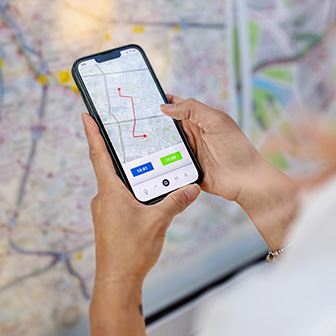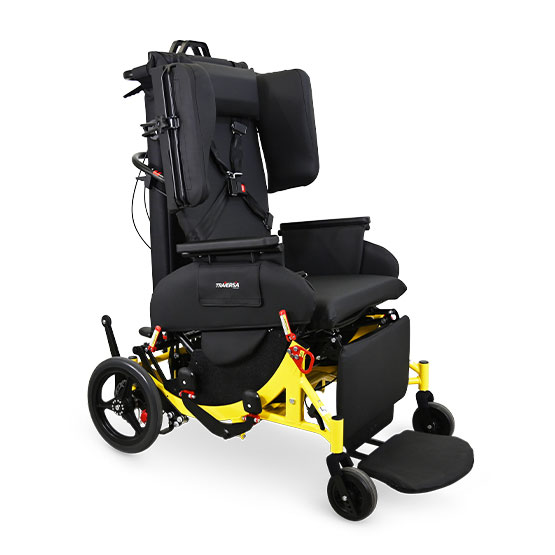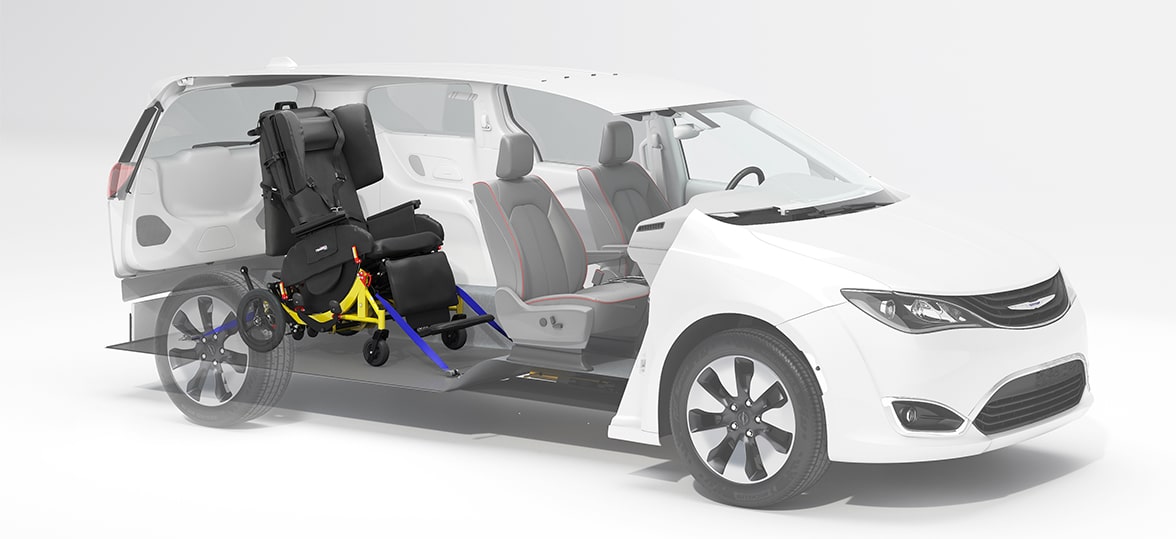NEMT operations provide a vital service at the intersection of healthcare and transportation. Individuals with a wide range of health issues depend on NEMTs for reliable access to medical care. Running an NEMT fleet involves much more than just transportation skills and organization: It also requires empathy for patients’ needs and the ability to provide a comfortable experience while they are in your care.
Below, we discuss the challenges in running an NEMT business and six of the best practices to follow.
Challenges of Running an NEMT Fleet
It’s important for you to be aware of the hurdles you’ll face when operating your NEMT business. Because it requires numerous skills and coordination efforts, you have to be strategic and plan for managing the challenges that come with running an NEMT fleet. These obstacles include:
- Operational expenses: The cost of fuel, insurance, and maintenance may fluctuate, and this can catch you off guard if unexpected costs aren’t factored into your budget.
- Retaining drivers: Finding and training qualified professionals who possess the right skills, along with the compassion and empathy required, isn’t always easy.
- Vehicle downtime: Even with the best planning, there will be times when you’re down a vehicle. Be prepared to plan your trips around scheduled and unscheduled repairs in order to prevent cancellations.
- Regulations: Complex ADA requirements, healthcare regulations, and local transportation rules all require following proper procedures and remaining updated on changes in laws.
- Communication breakdown: Balancing difficult traffic situations with dispatchers, facilities, and patients requires people skills and strategic problem-solving.

6 Best Practices for Running an NEMT Fleet
Building your NEMT business demands a thoughtful approach to every detail, from fleet management to patient care. The following are six important best practices to help guide you toward success.
1. Choosing and purchasing the right NEMT vehicles
When selecting NEMT vehicles, consider your business requirements first. Your choice of NEMT vehicle should be based on your passenger volume and the specific service features you want to provide.
Wheelchair or stretcher transportation, for instance, requires ramps or lifts, security restraints, and other specific features. Always think about the patients who need your service, and what differentiates you from your competitors.
- Your clientele’s unique needs: What can you offer passengers that sets you apart from other NEMT services? Think about their safety, comfort, and anything you can do to provide them with the most positive travel experience possible.
- Regulatory compliance: Attention to detail is useless if your vehicle doesn’t include the necessary ADA-compliant features to secure patients and keep them safe.
- Fleet versatility: If you are purchasing multiple NEMT vehicles, consider features that serve your local market and their diverse medical needs.
New vs. used vehicles
Costs are an important factor when starting or expanding your NEMT business. Many purchase used vehicles to grow their fleet, but it’s important to balance this investment with the cost of maintenance and repairs.
New vehicles are more expensive, but they come with manufacturer warranties to protect you from mechanical repair costs. Older vehicles can be affordable but may get expensive to repair in the long term.
Also, pay close attention to fuel efficiency and other ongoing operating expenses. A used car might save you in up-front costs, but if you overpay on fuel costs, it could negatively impact your profit margin and ultimately your ability to scale your business.
2. Maintaining your NEMT fleet
Preventive maintenance is essential to your success. You need reliable vehicles to keep patients safe, maximize your uptime, and control operating costs. Preventive maintenance includes servicing, inspections, and repairs scheduled around mileage, engine hours, and other metrics. Use calendar reminders so that you know exactly when vehicles will be out of service for scheduled maintenance. Reminders will also help you stay up to date on maintenance, saving you larger repair bills in the future.
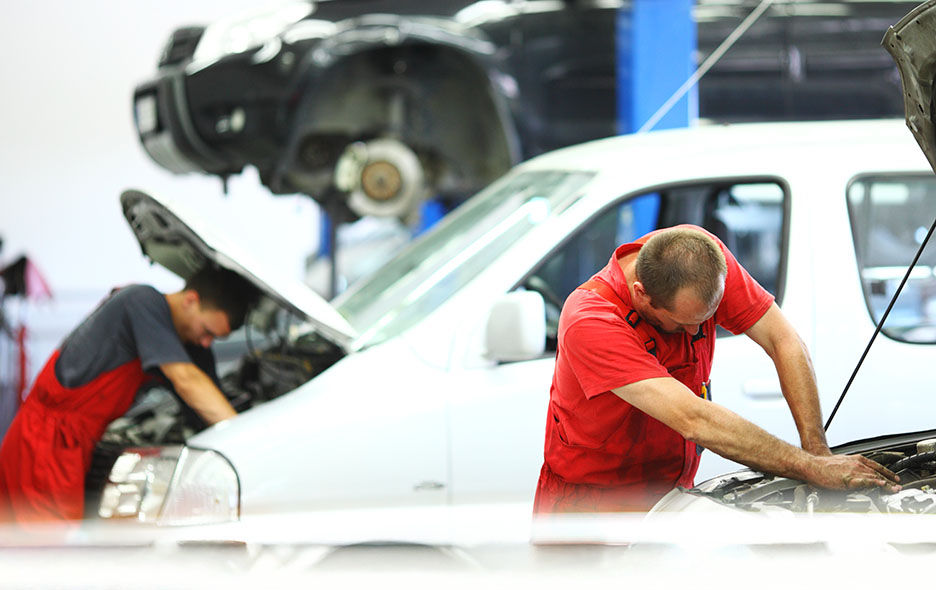
Be sure to consider your budget for maintaining and repairing vehicles, including where you will go for quick, quality mechanical work. Know your mechanic’s costs and seek their advice for the best used vehicles, as well as sourcing parts and the difficulty of common repairs.
It’s important to weigh quality components with safety and costs. Be sure mechanics know your quality standards, and consider using a checklist for standards and sourcing parts.
3. Training your drivers
Maintain a high standard for your drivers. They need to receive comprehensive training, including handling wheelchair lifts and ramps and dealing with protocols for moving patients, securing them for travel, and other processes. This includes first aid, CPR, service, communication, and defensive driver training.
NEMT drivers often have high turnover, meaning people will join and leave your team frequently. Having a training system in place can help you reduce costs related to frequent employee turnover.
4. Optimizing fleet routing
Modern NEMT software helps you automate, schedule, dispatch, and manage NEMT operations.
Optimizing these processes helps you keep organized and improve efficiency. This can maximize the amount of trips you’re able to accept, factoring in current traffic information to save you on time and fuel costs while maximizing revenue.
5. Enhancing communication
Communication between drivers and dispatchers is crucial for your success. Train drivers in clear communication and active listening, and provide them with education and role-playing training.
Software can improve communications by helping monitor no-shows, cancellations, vehicle breakdowns, and other events. This enables everyone in the field to make the best use of time. Software can also be used for managing calls, alerts, and instant messages.
In addition to driver training and courtesy, keeping passengers informed of arrival times and other details helps improve client satisfaction. Similarly, showing you value their input goes a long way toward building long-term clients. Patient testimonials are your most powerful form of advertising.
6. Providing the comfort of state-of-the-art wheelchairs
When considering the services you provide, nothing is more important than your riders’ safety and comfort. Make sure your NEMT equipment complements the safety of your vehicle fleet. The Traversa Transport Wheelchair by Broda allows you to provide an equally safe and comfortable travel experience for both patients who need a wheelchair and those who would otherwise require a stretcher. This widens the field for whom you can serve without the added cost of fitting different vehicles, equipment, and additional employees to meet both needs.
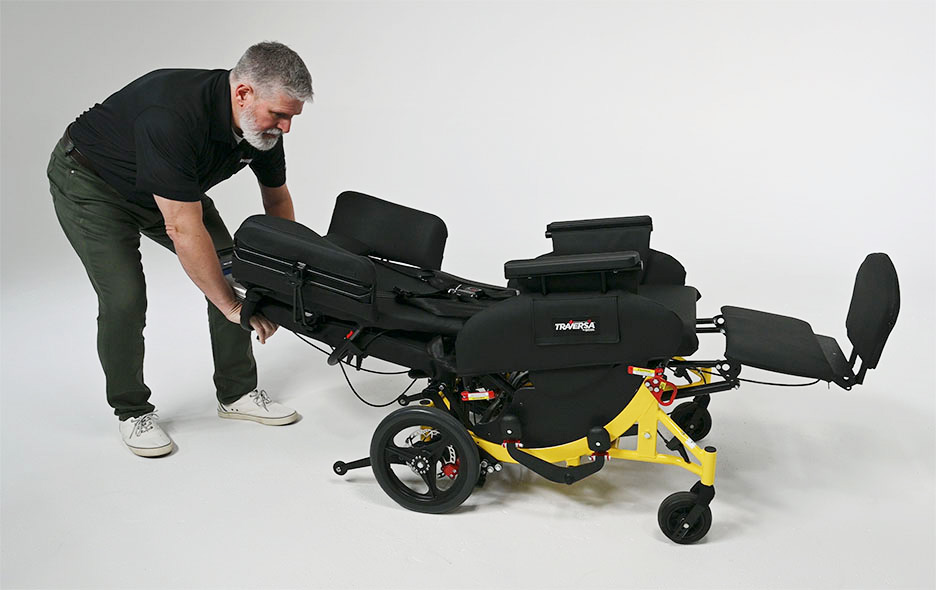
The Traversa features the functionality of both a fully-adjustable wheelchair and a stretcher while providing durability for daily use. The design only requires a single operator, reducing labor costs and increasing your potential trip capacity.
It is also fully designed with compliance in mind: The Traversa is crash-tested to meet WC19 standards and works with WC18-certified tie-down systems.
Choose the Traversa for Your NEMT Operation
Ready to elevate your NEMT services? Learn more about the difference the Traversa Transport Wheelchair will make for your NEMT business or get in touch today.


